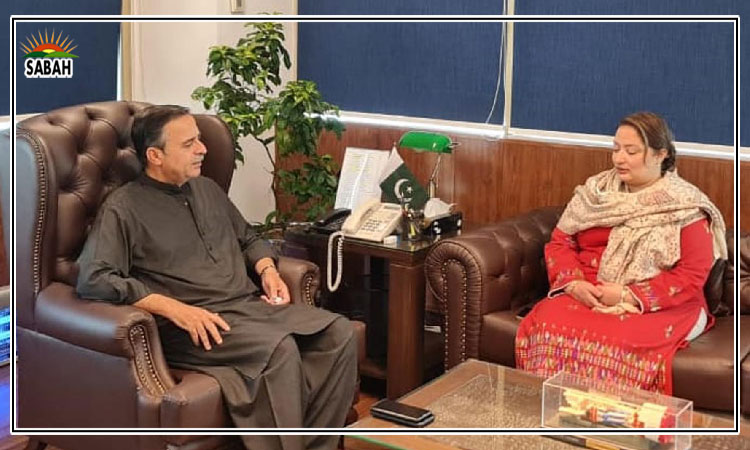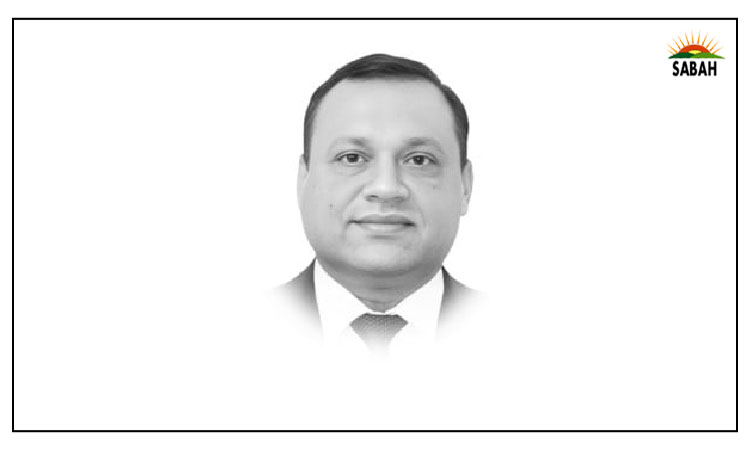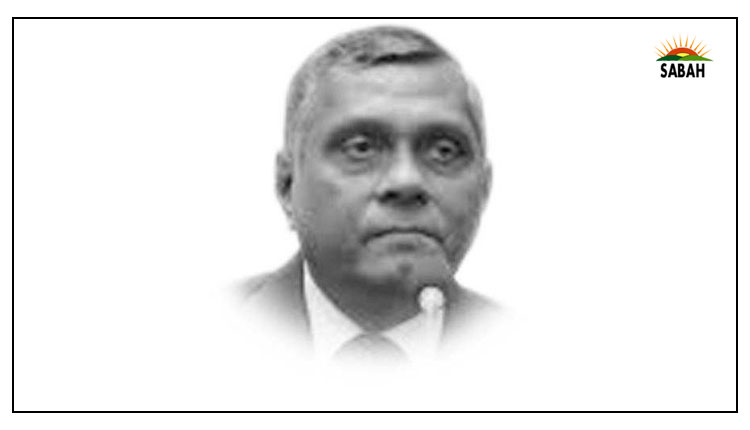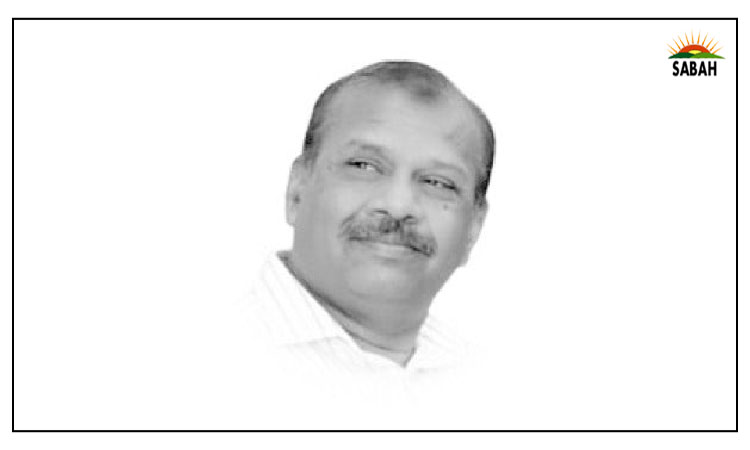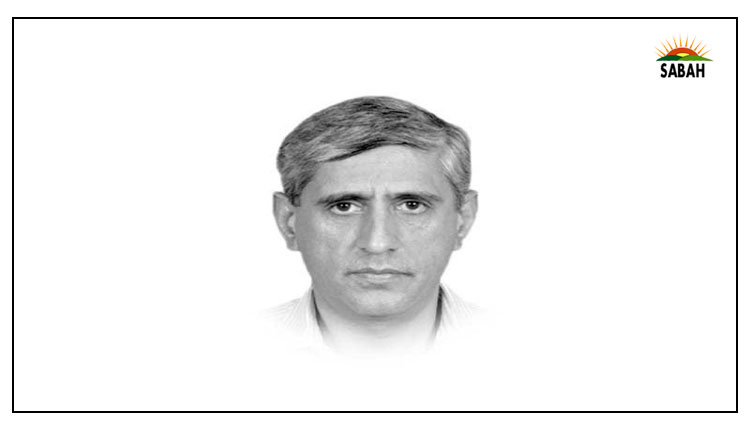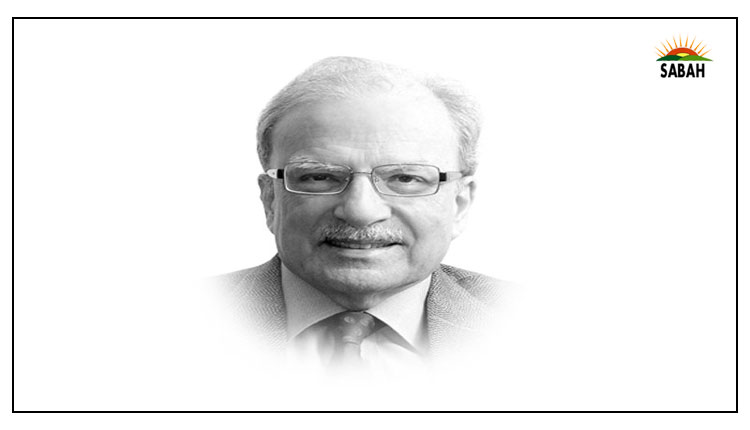India’s pains as a result of the Adani debacle…… Shahid Javed Burki
Indian Prime Minister Narendra Modi has succeeded in selling to the world the Western world in particular that India was the rising economic power which would match the rate of growth of China for a quarter century after 1985. His model was based on a living partnership between the private and public sectors. Each would play the role for which it had the means and expertise. The partnership had several private entrepreneurs Modis India sold to the world as the models who would take India forward. Western enterprises could profitably invest in these enterprises. Among them the most prominent was Gautam Adani and his various efforts. But the world of finance discovered that Adani had built his large empire basically on fraud and falsehood.
Before the stock prices of his various enterprises in India collapsed, Gautam Adani had become one of the richest men in the world. The value of his holdings had risen by 2,500 per cent in five years. He maintained that that his rise wasnt his alone: it was an important part of Indias growth story. According to Alex Travelli writing for The New York Times, his companies goals were in lock step with the countrys needs. He and Narendra Modi, the prime minister of India, were from the western state of Gujarat, well known for its entrepreneurs. They had become partners in selling to the world Indias growth story. Adanis empire included power plants, ports, steel mills, food making and much more. His businesses were in close alignment with the ambitions of the politician, Narendra Modi. Both Adani and Modi subscribed to what had come to be called the Gujarat model.
The approach was to sideline the creaky, state-dominated model pursued by the governments that were in power from the time of independence to the early 1990s. Adani sold the model not only to the Indians but to the world outside. In an interview with The New York Times, Adani attributed his wild success to governance of the businesses, the financial discipline, decision-making processes with more predictability, and confidence of our lenders and rating agencies. And, of course, underlying growth of the country. Once Modi took residence in the prime ministers house in New Delhi, shares in Adani Enterprises one subsidiary was suddenly worth 23 per cent more. Local as well as foreign investors seemed to calculate that closeness to the new government would bring significant returns. They rushed in and bought Adani Groups shares in the Indian exchanges. But the dream turned into a nightmare when a report by a small New York investment firm, Hindenburg Research, labelled the valuation of the Adani holdings as brazen accounting fraud and stock manipulation. The story was played prominently by the American media and sent the valuation of Adanis holdings tumbling. At their peak, Adani shares accounted for more than 6 per cent of Indias two major exchanges. After the Hindenburg revelation, the share declined by one-half to 3 per cent. This happened in a couple of days.
Encouraged by the Modi government that had been in office for a decade, the Adani Group made its presence visible in huge chunks of the Indian economy. Unlike Indias older conglomerates, it focused on investing in infrastructure. Much of the physical hardware of a modern economy was missing in India since the colonial times. Modi wanted to create what was missing. According to Alex Travelli from whose article I have already quoted, building roads and bridges, connecting remote villages to electrical supply, even building toilets these have all been set as visible targets, and achieved in greater speed under Mr. Modi. Along with direct-benefit payments, these are among the most effective ways to win Indian voters appreciation, more so in most places than playing to ethnic or religious rivalries, as Mr. Modis party has also done. India was an attractive place to invest in the fact that it had decided to adopt Hindu nationalism called Hindutva as its governing philosophy did not dilute foreign interest in this large country.
Some of the partnerships Adani had arranged were with the Wests prominent industrial houses. The task of turning India into green-power hub was adopted with great fanfare by the Modi government. This objective was accepted as a challenge by Adani and his enterprises even though he was a huge investor in coal. He had bought an open-surface coal mine in Australia with the intention of bringing in the mined coal in the ships he owned and unload it in his ports. Once the coal had arrived in India it would power the power plants Adani had built in western India. The Adani Group announced partnership with the French company TotalEnergies based on a commitment of $50 billion investment to create the worlds largest green hydrogen system. The French company partnered with the Indian enterprise believing that the latter stood for attractive political and economic values. That reading was before the Hindenburg report became public. On February 3, the French company sought to downplay its connection, saying that Adanis investment represented 2 to 4 per cent of its capital employed.
The Hindenburg report attributed Adanis success to fraud and double-dealing, hardly the image the Indian leadership wished to project about their country and their prominent business people. In the budget that Nirmala Sitharaman, Indias finance minister, presented to the countrys parliament, she announced that the country would be relying on the virtuous cycle that starts with private investment and is reinforced with public money. This was essentially the Modi-Adani model. The budget speech was delivered while the Adani debacle was being covered daily by the Western and Indian press but the financed minister made no reference to it. Her silence like that of the prime minister about the blood bath in the Indian stock exchanges troubled large western companies that were planning large investments in India. Two large investment banks, Credit Suisse and CitiGroup, said that they would no longer accept securities issued by the Adani Group as collateral against margin loans.
There is no doubt that the Adani debacle has not only hurt an individual and his close associates, it has also seriously set back India. Indias sudden turn towards the promotion of Hinduism has resulted in the intense persecution of the countrys Muslim minority of 200 million people. There are now reports to which I will turn next week according to which other religious groups are not being spared as well. In parts of India, Christianity is under serious assault as well.
Courtesy The Express Tribune, February 20th, 2023.


